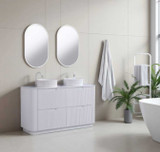What is an Overflow? Understanding Its Purpose, Function, and What to Do If Your Bath or Sink Doesn't Have One
When you're shopping for a bath or basin, you might notice a small opening near the top of the basin or tub. This is known as an "overflow." Though it might seem like a minor detail, the overflow plays a crucial role in your bathroom’s plumbing system. In this article, we’ll explore what an overflow is, why it exists, how it works, and what to consider if your bath or basin doesn’t have one.

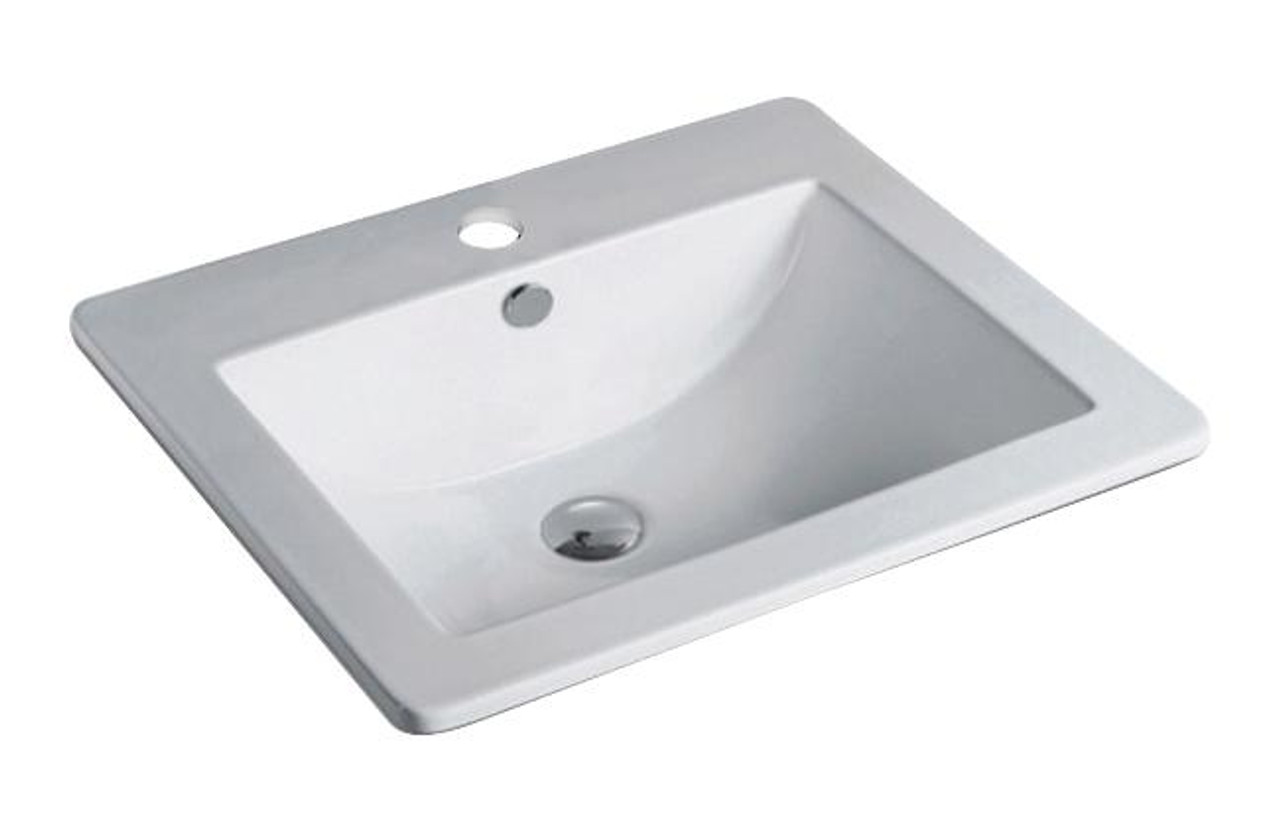
1. What is an Overflow?
An overflow is a secondary drain found in baths and sinks, positioned near the rim, just below the edge. Its primary function is to prevent water from spilling over the sides if the main drain is blocked or if the tap is left running. The overflow connects directly to the main drainage system, providing an alternative route for water to escape when the basin or tub is filled to a certain level.
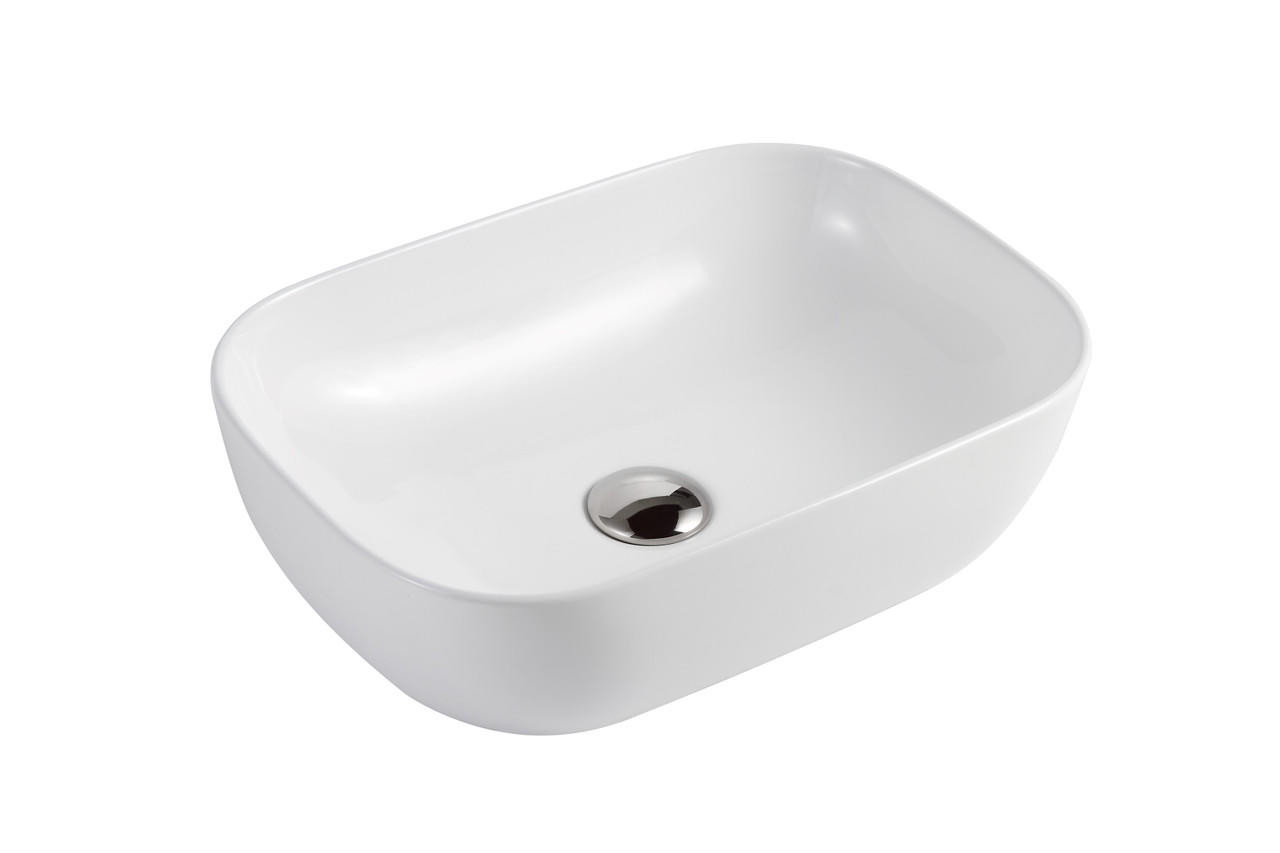
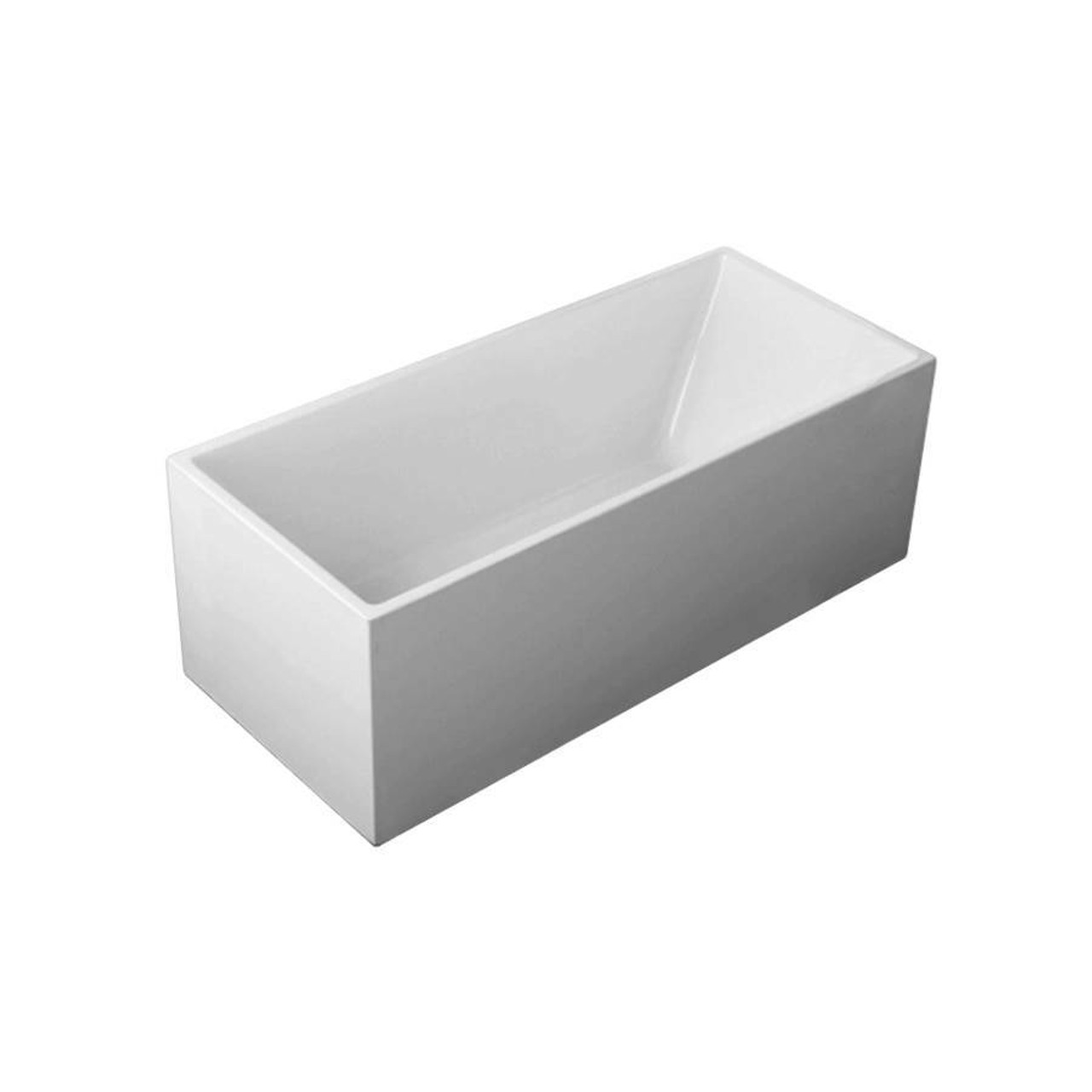
2. Do All Baths and Basins Have Overflows?
Not all baths and basins come equipped with an overflow. While most traditional designs include them, some modern, minimalist, or custom fixtures may omit the overflow for aesthetic reasons. Above counter basins, for example, often do not have overflows because they are designed to sit on top of a counter rather than be recessed into it. Similarly, some freestanding baths might skip the overflow feature to maintain a smooth, seamless appearance.
3. Why Do Overflows Exist?
Overflows exist primarily for safety and convenience. Here’s why they are important:
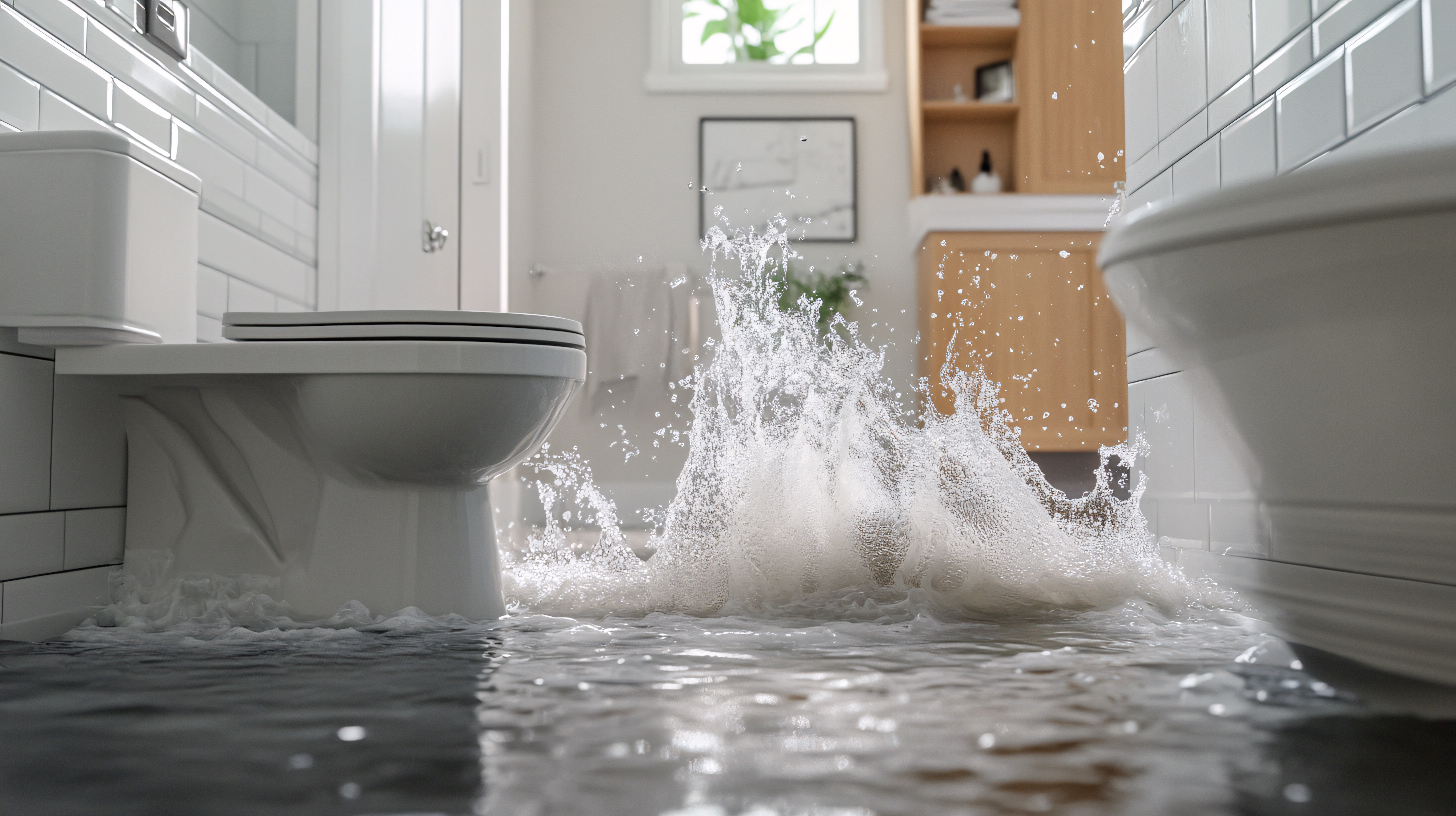
Preventing Water Damage: The main reason for an overflow is to protect your bathroom from water damage. If the tap is accidentally left running or if the drain becomes clogged, the overflow allows water to escape before it can spill over the sides, potentially causing significant damage to your floors, walls, and cabinetry.
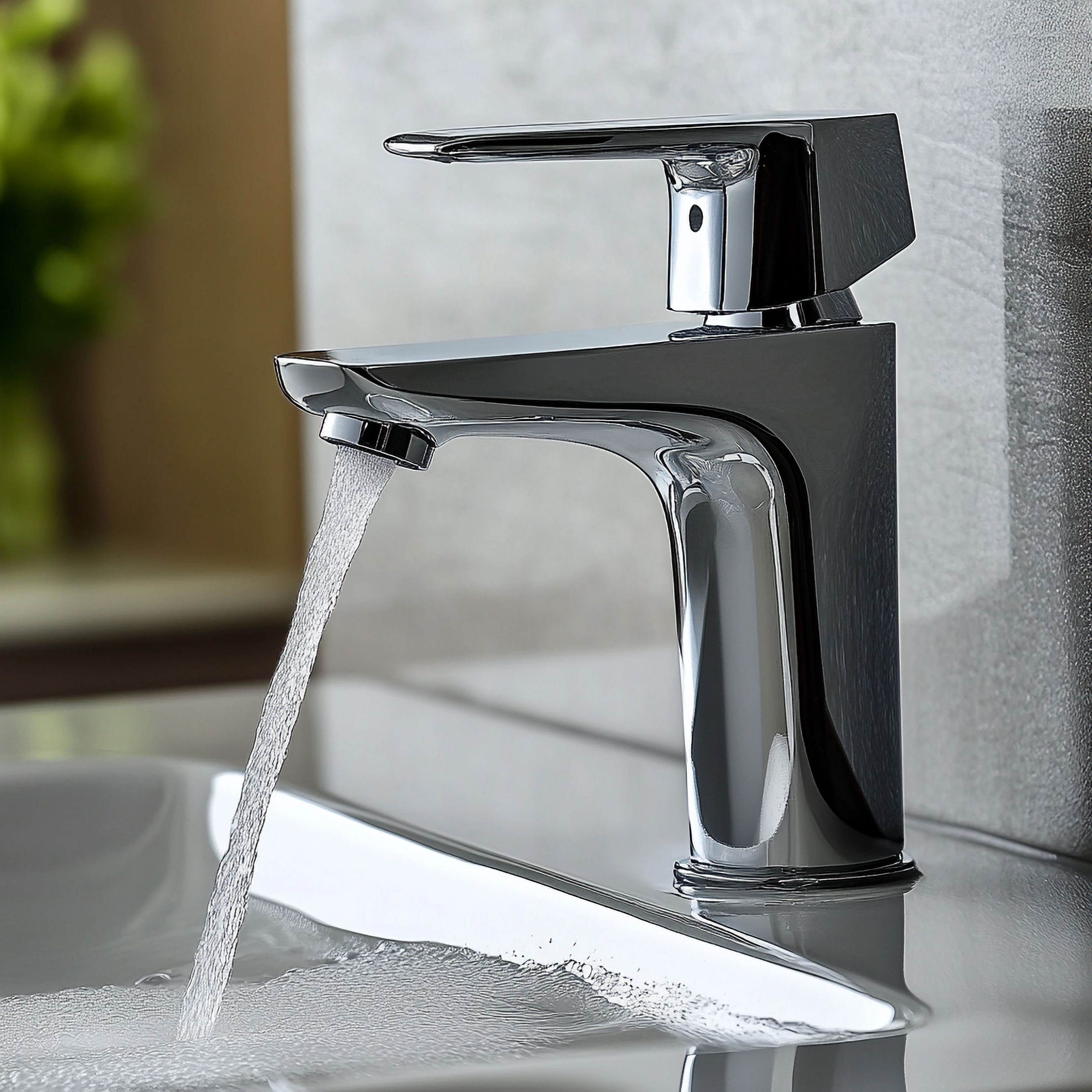
Added Peace of Mind: Knowing that your basin or bath has an overflow can give you peace of mind, especially in busy households or in homes with young children, where taps might occasionally be left on by mistake.
Supporting Proper Drainage: The overflow also helps ensure that water drains efficiently, even if the main drain is partially blocked. It can act as an air vent, preventing the buildup of a vacuum that could slow down the drainage process.
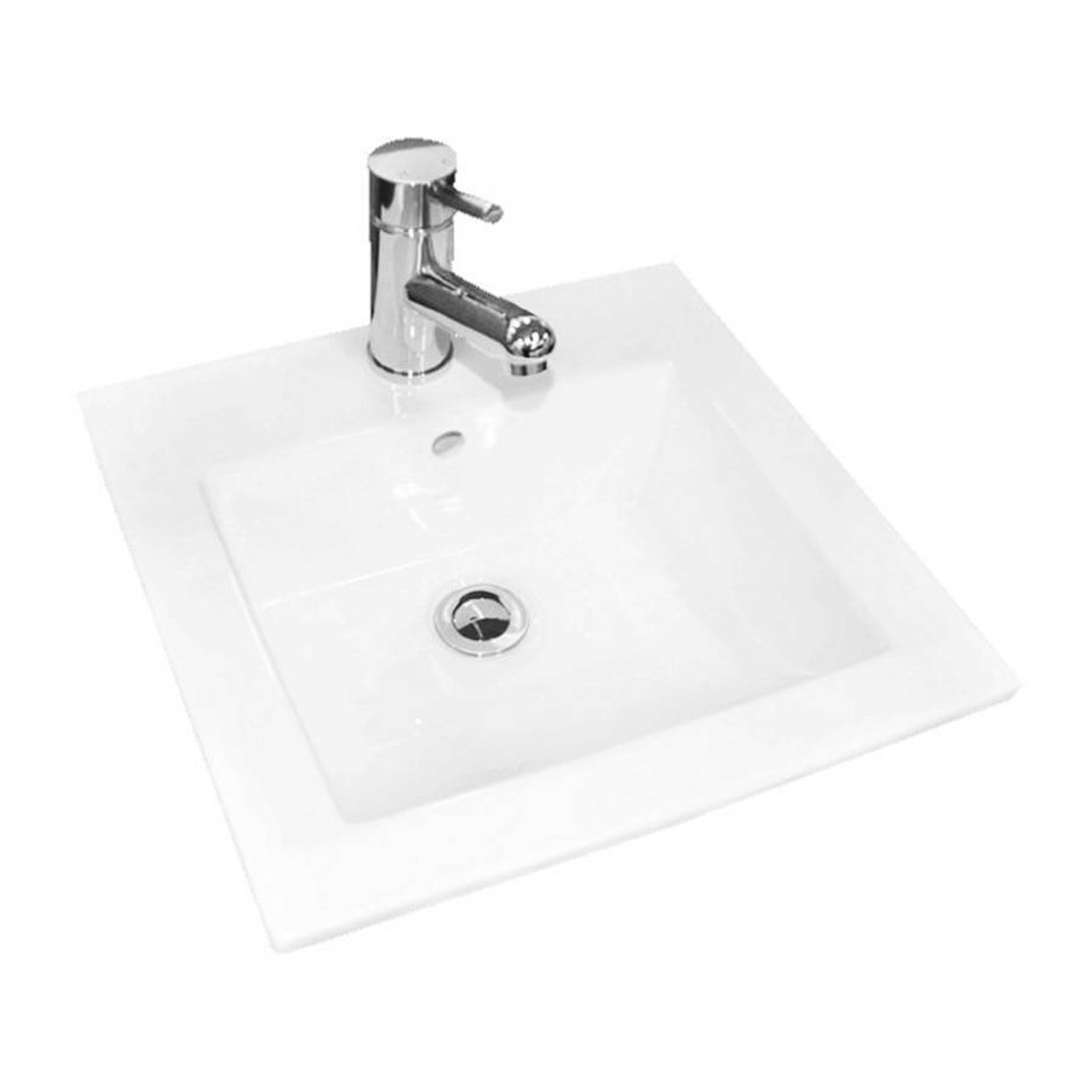
4. How Does an Overflow Work?
The overflow works through a simple yet effective mechanism. Here’s how it functions:
Secondary Drainage Path: When the water level in the sink or bath reaches the height of the overflow opening, the excess water flows into the overflow channel. This channel is connected to the main drain, allowing the water to be safely diverted away.
Air Venting: In addition to providing a drainage path, the overflow also acts as an air vent for the main drain. This helps prevent the formation of a vacuum that could impede the water from draining properly, ensuring smooth and consistent water flow.
5. What If My Bath or Sink Doesn't Have an Overflow?
If your bath or sink doesn't have an overflow, there are a few important considerations to keep in mind:
Be Cautious with Water Levels: Without an overflow, you’ll need to be more mindful of the water level when filling your bath or sink. Avoid leaving the tap running unattended, as there's no safety net to prevent overflowing.
Consider Installing an Overflow: If you’re concerned about the lack of an overflow, it may be possible to install one, depending on the design of your sink or bath. Consult with a plumber to explore your options.
Use an Overflow Drain Cover: In some cases, you can purchase an overflow drain cover that can be added to the existing drain. This isn’t a perfect solution, but it can provide some protection against accidental overflows.
Keep Drains Clear: Regular maintenance is key. Without an overflow, it’s especially important to keep your main drain clear of blockages to ensure water can flow freely.
An overflow might seem like a small feature, but it serves a vital function in preventing water damage and ensuring efficient drainage in your bathroom. While not all baths and sinks come with an overflow, understanding its purpose and function can help you make informed decisions when selecting your fixtures. If your current bath or sink doesn’t have an overflow, taking extra precautions can help you avoid potential issues and keep your bathroom safe and functional.
Recent Posts
-
The Sink Warehouse Unveils the New Roma Floor-Standing Vanity Range
Perth, Australia – October 2025 — Following the success of last year’s Roma Fluted Wall-Hung Vanitie …30th Oct 2025 -
The Sink Warehouse Mega Reno Sale: Big Renovation Savings Before Christmas
The Sink Warehouse Mega Reno Sale: Big Renovation Savings Before Christmas Perth, Australia – Octobe …30th Oct 2025 -
Upgrade Your Space with the Perfect Fit Series – New from The Sink Warehous
Your kitchen is more than just a space—it’s the heart of your home. Whether you're renovating o …14th Apr 2025


